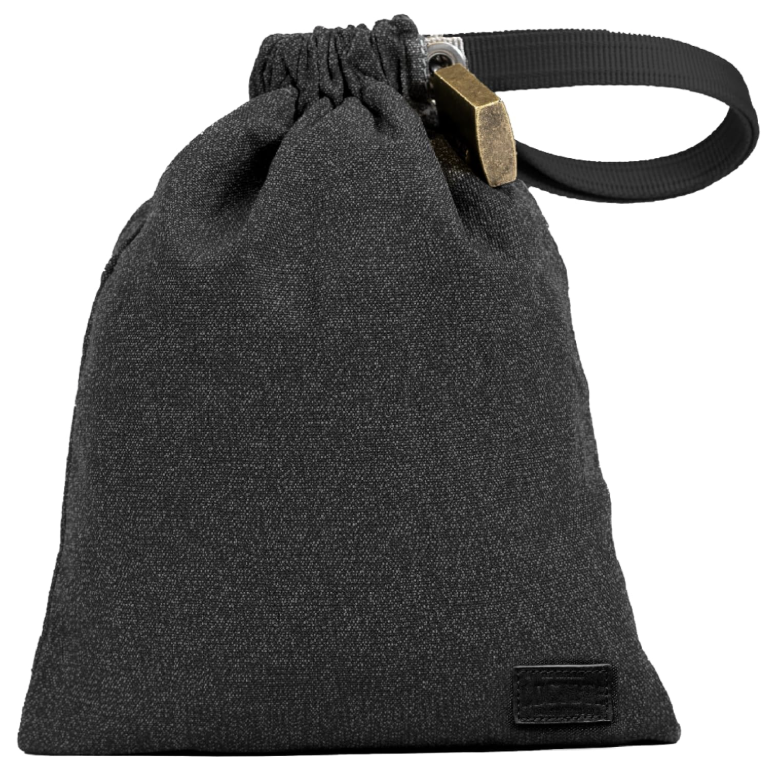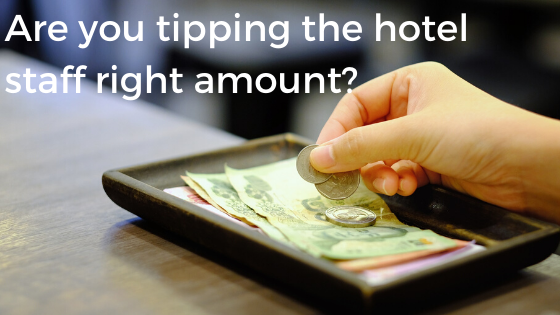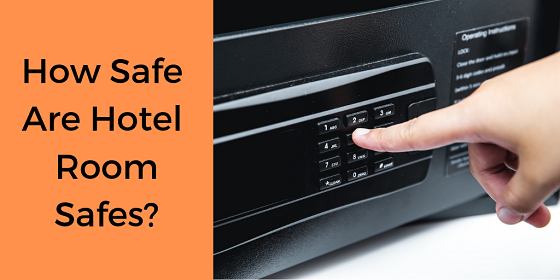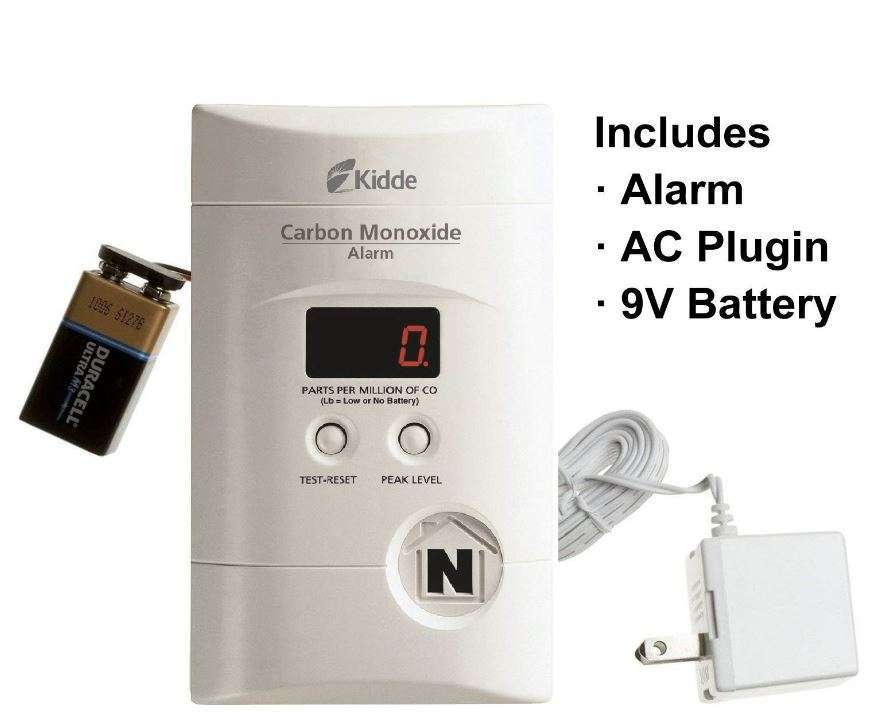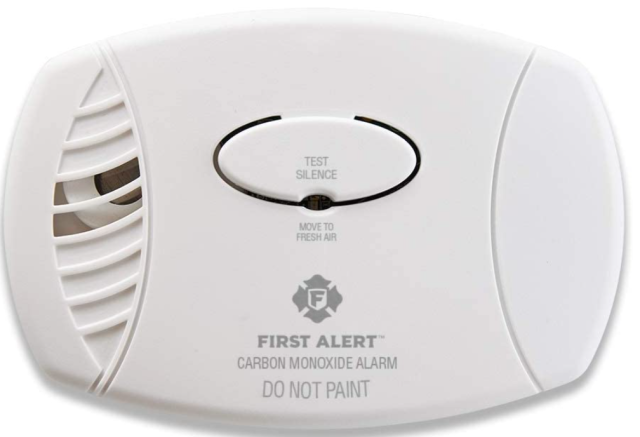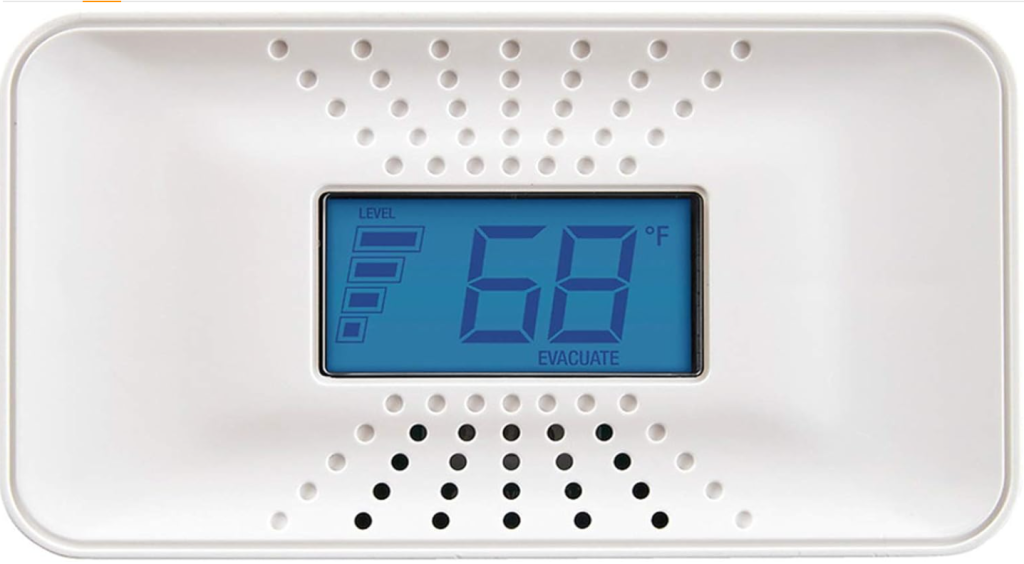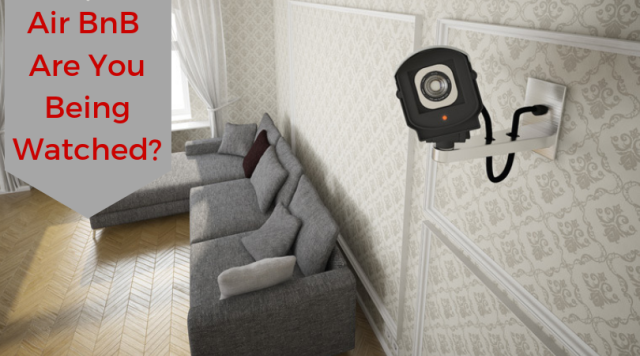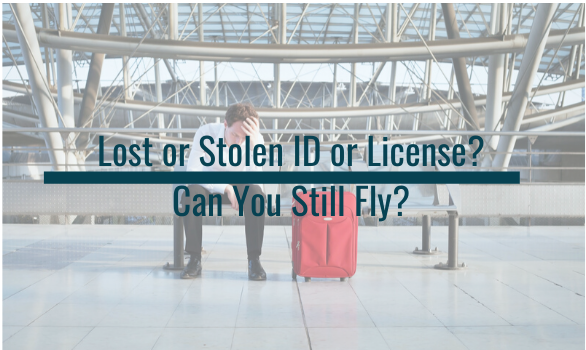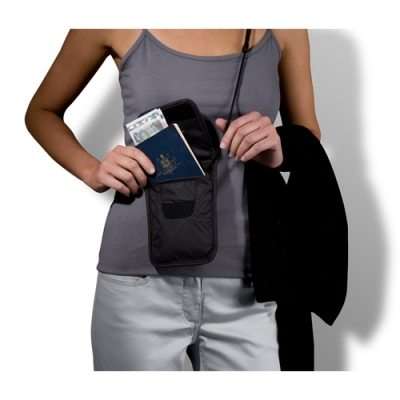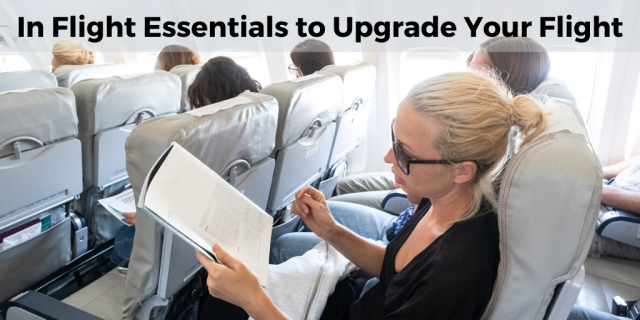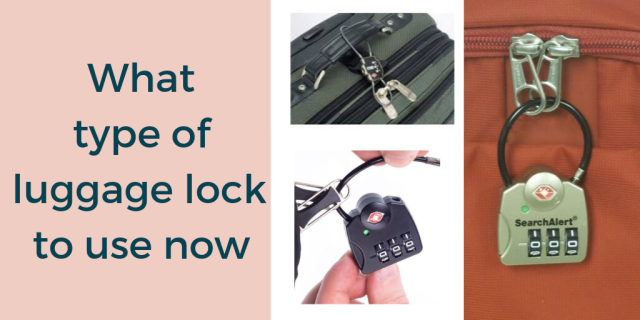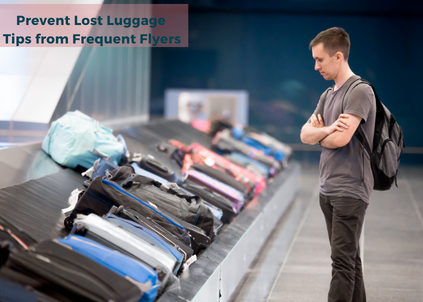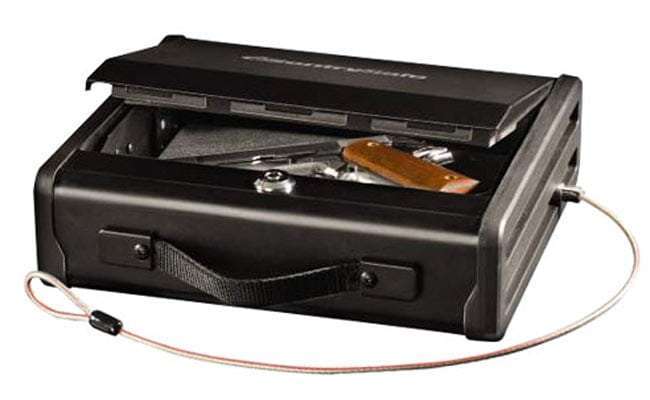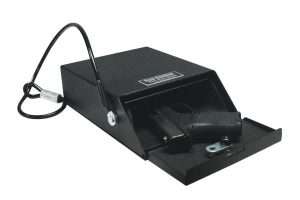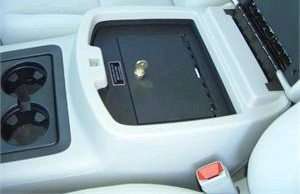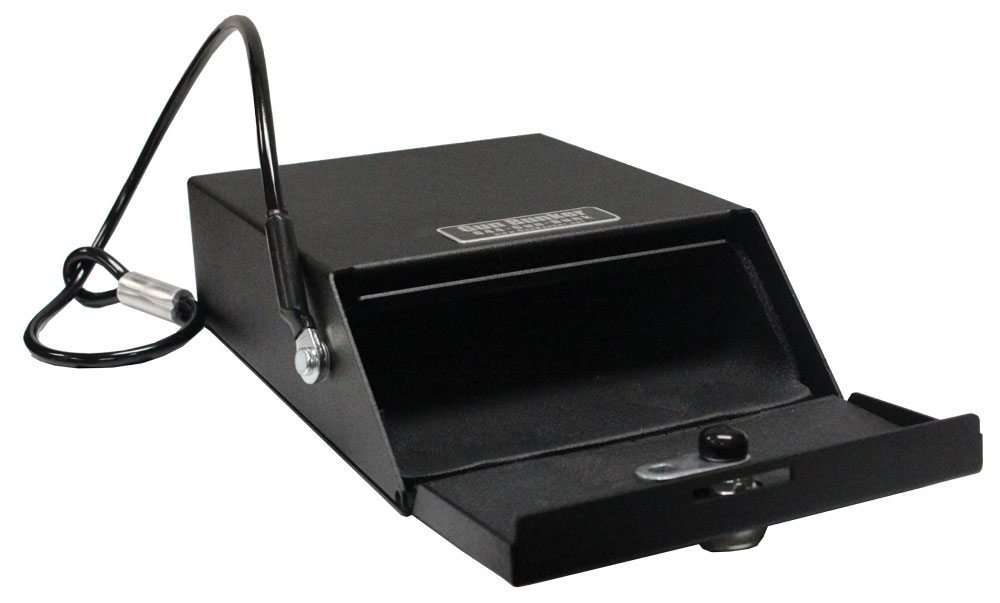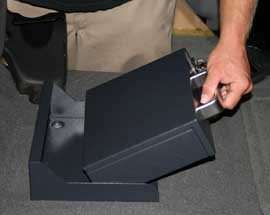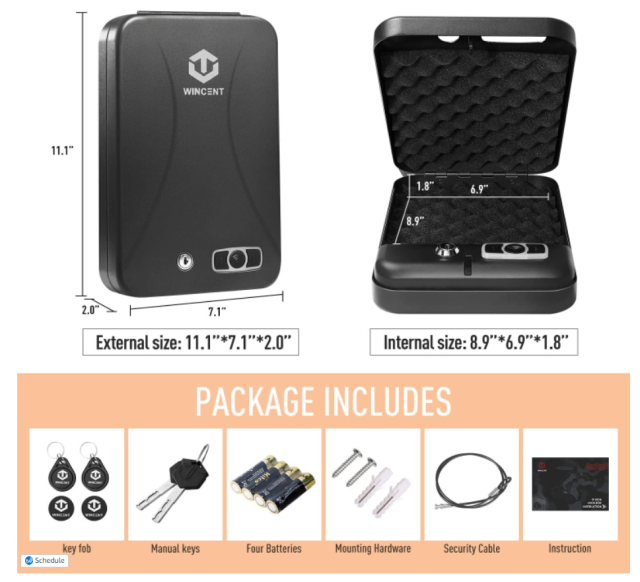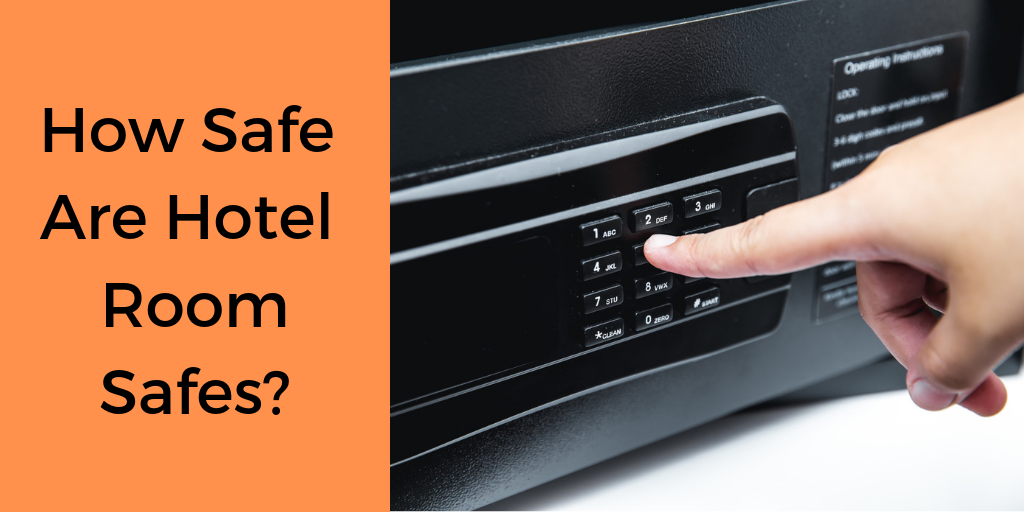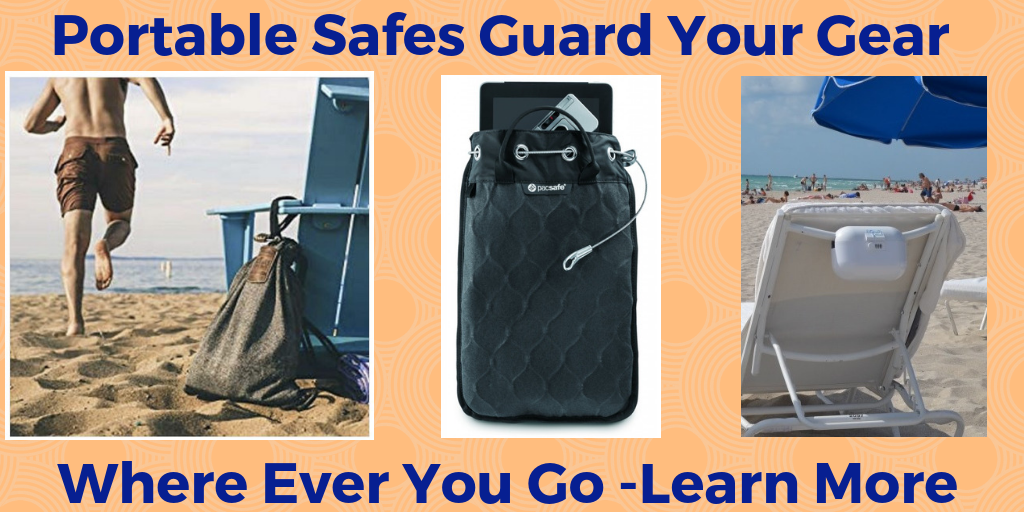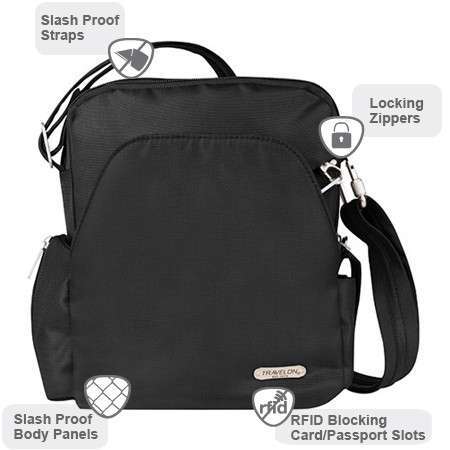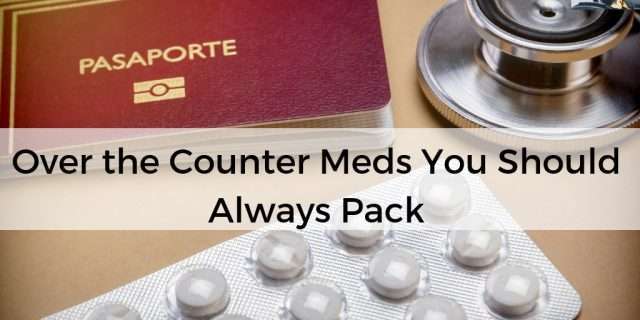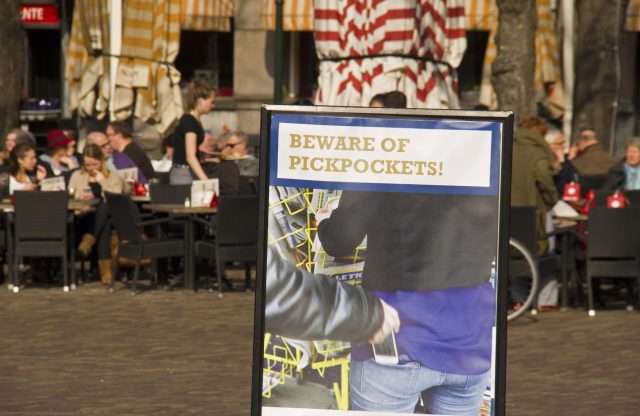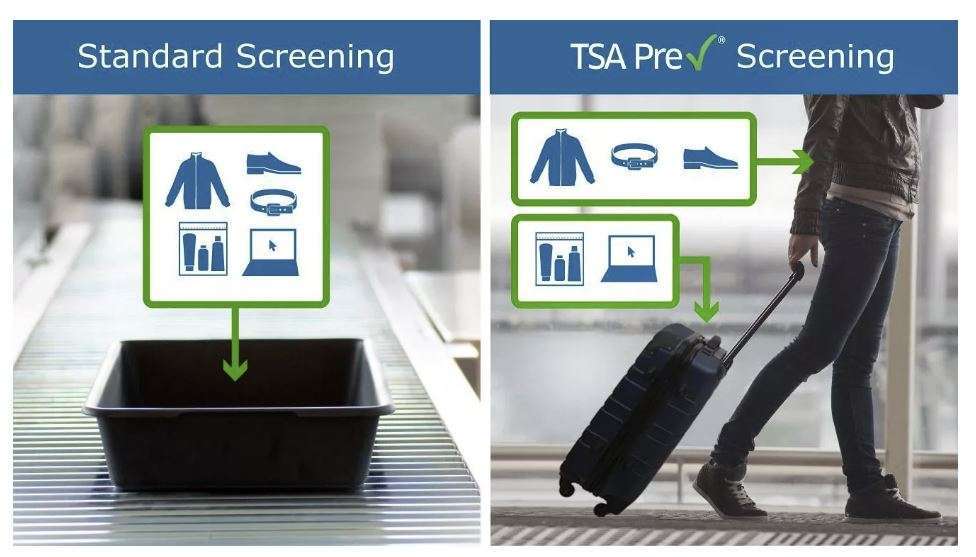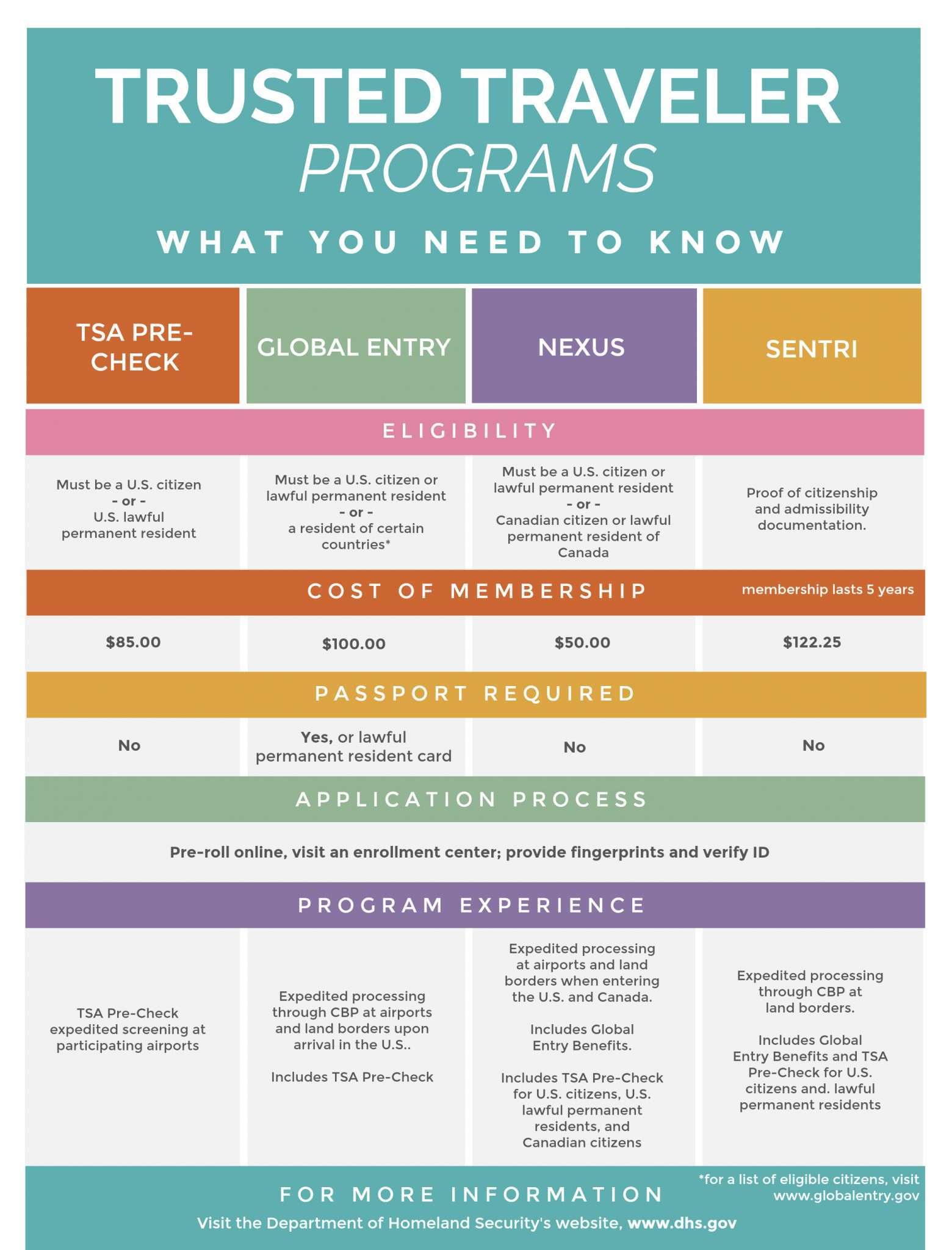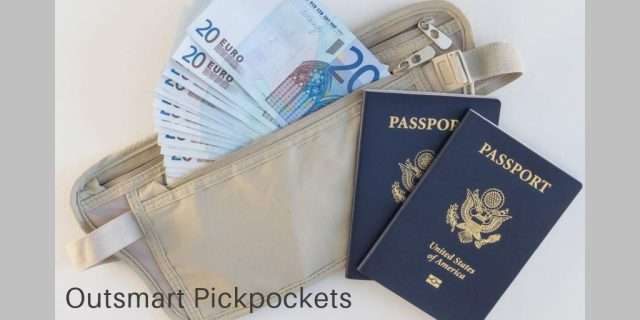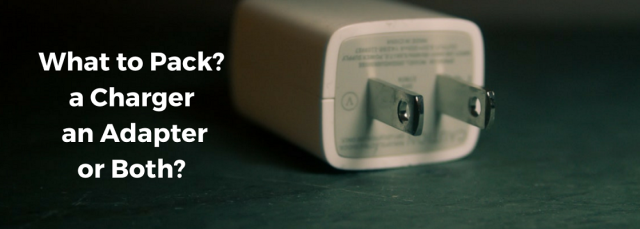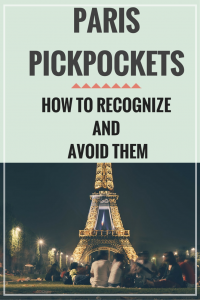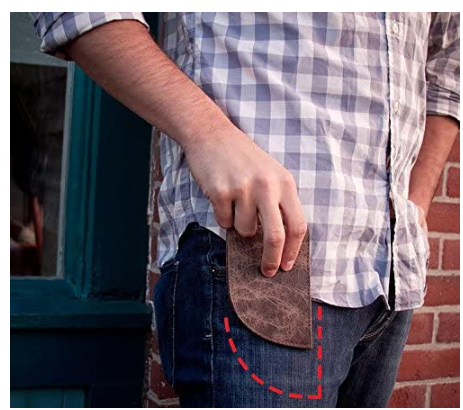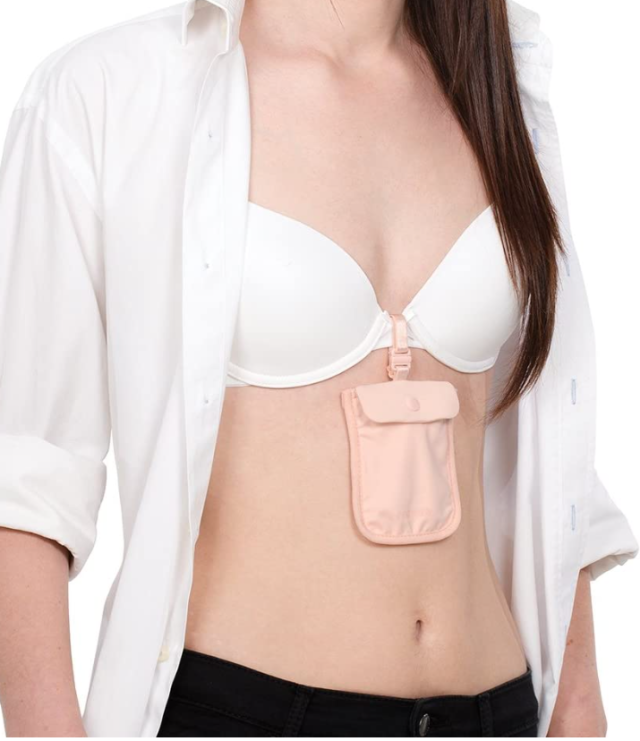Sleeping with the hotel balcony door open is not the safest option, even on a high floor. Perhaps you’ve stayed at hotels with a nice balcony overlooking the ocean or with a view of the city and keep the sliding door open to hear the sounds. You also might want to keep the sliding door open for ventilation. Either way, keeping the balcony door open may not be the safest option; here’s why.
Should you sleep with the hotel balcony door open?
How safe is it to sleep with the hotel balcony door open? Most travelers think that hotel rooms on the first floor, where it would be easy to access a hotel room, might be the only unsafe doors to leave open. What about rooms on higher floors – are they safe? The answer really depends on the layout of the hotel balcony, how close it is to the ground, as well as how easy it is to access from the room next door or even the roof of the hotel. If you’re not certain, don’t sleep with the hotel balcony door open.
While thefts from hotels as guests sleep are not too common, they do happen worldwide. Case in point: recently, some guests stayed at a flagship hotel on the island if Malta and slept with the balcony door open. They awoke to the sounds of someone inside their room, went to investigate, and saw three men escaping the room through the room’s balcony. Luckily, they were able to alert hotel security which quickly found the thieves nearby in possession of items stolen from the guest’s room. The thieves were subsequently arrested. You should always keep the security of your valuables in your room top of mind even when you are sleeping in the room. Keeping your valuables secured in the hotel room safe is the best way to safeguard your valuables.
Personal Safety
More important than your valuables is your own personal safety. Therefore, always check the balcony door lock when you arrive back in your room and again when you leave to make sure it is locked.
Videos – Hotel Balcony to Balcony Thefts See How Easy it is to Gain Entry into Hotel Rooms by Open Balcony Doors
Think these types of thefts don’t happen, take a look at some of these hotel room thefts that occurred by a thief gaining entry to guests’ hotel rooms with an open balcony:
- Guest staying in luxury resort in Phoenix awoke to find his wallet missing – thief entered room by open balcony door – New York Times.
- Thief gains access to hotel resort rooms in Jamaica by unlocked balcony doors of 2nd and 3 floors – Trip Advisor.
- Thieves eluding police by jumping balcony to balcony – shows how easy thieves can jump from balcony to balcony, from floor to floor. While these thieves were only stealing beer, it shows how it can be done – CBS News Los Angeles.
This highly recommended personal travel safe is cut and slice resistant and lays flat in your luggage:
Tips for your hotel stay
- When staying in a hotel with a balcony, take a look around and see if it can be accessed easily from the adjoining balcony, a tree growing alongside it, or even from someone dropping down from the roof – which was the manner one thief used to gain entry to a guest room some years back.
2. Never leave items of value in plain sight when you leave your hotel room. Put them in the hotel room safe, locked in your luggage, or consider taking a portable safe with you in case your room does not have a safe to secure your valuables. The benefit of a portable safe is that, depending on the type of travel safe, it doesn’t take up much room in your luggage, and you can use it at the pool, in a rental car, and even at home.
3. The hotel housekeeper may accidentally leave the hotel balcony door unlocked after cleaning the balcony. This was the case in a Barcelona hotel. Always check the lock when you return to your room.



